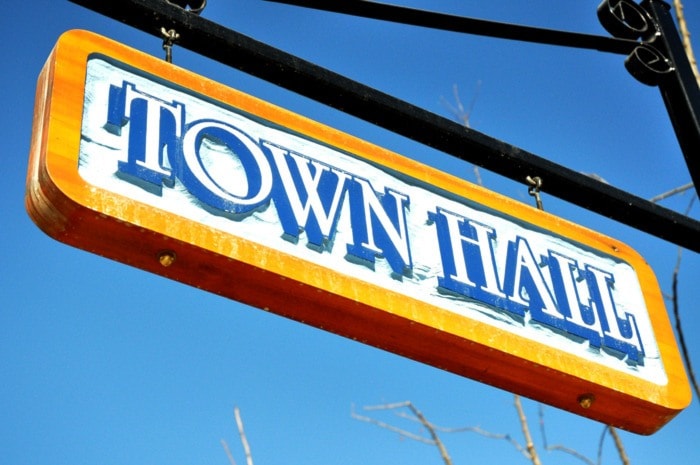Creston town council rolled up its collective sleeve and got back to work on Tuesday after a slow summer that required very little in the way of decision-making.
With the summer holiday season coming to an end, the entire council was in attendance, as were all senior managers. Lou Varela, town manager, in Kelowna on town business, participated by telephone, a first for a Creston council meeting.
Tuesday’s meeting opened with presentations from two delegations, Jennifer Vogel of the Central Kootenay Invasive Plant Committee (CKIPC) and David Hillary of the East Kootenay Conservation Program (EKCP).
Vogel reported that CKIPC is a group of concerned local citizens, land managers and non-government agencies “who share a common concern about the increase of non-native plants in the Central Kootenays and B.C.”
Identifying invasive plant species, which can degrade wildlife habitat, choke out native plants and reduce biodiversity and crop quality and yield, is key to attacking the problem, she said.
Vogel said invasive species in the Central Kootenay region include policeman’s helmet, invasive knotweeds, hoary cress, blueweed, plumeless thistle, yellow flag iris, yellow/orange hawkweed and Scotch broom. Such plants are often introduced in gardens as decorative features.
Prevention is the most cost-effective approach to managing the problem, she said, recommending that local governments adapt practices that include regular mowing of any areas with invasive plants, cleaning mowing equipment to prevent transportation of seeds and plant parts, mowing before seeds are produced and reseeding bare soil as soon as possible.
Education and awareness is key, she added.
Hillary described EKCP as an organization that envisions “landscapes in the Kootenays that sustain naturally functioning ecosystems that can in turn support economic and social well being. …
“We envision vibrant communities that demonstrate the principal of environmental stewardship for future generations.”
EKCP brings together funders — Columbia Basin Trust, Habitat Conservation Trust Foundation, Fish and Wildlife Compensation Program, Environment Canada, Nature Conservancy and Regional District of East Kootenay — with more than 50 other partners to promote conservation of mostly private lands.
It has helped to conserve more than 300,000 hectares of high value lands since it was established by referendum in 2008, brought in more than $100,000,000 in conservation investment and established the first local conservation fund in Canadian history.
EKCP has recently expanded its mandate in the East Kootenay to include the Creston Valley.
“Working together, we can maintain and restore the rich biological, economic and social heritage of the Kootenays,” Hillary told council.
